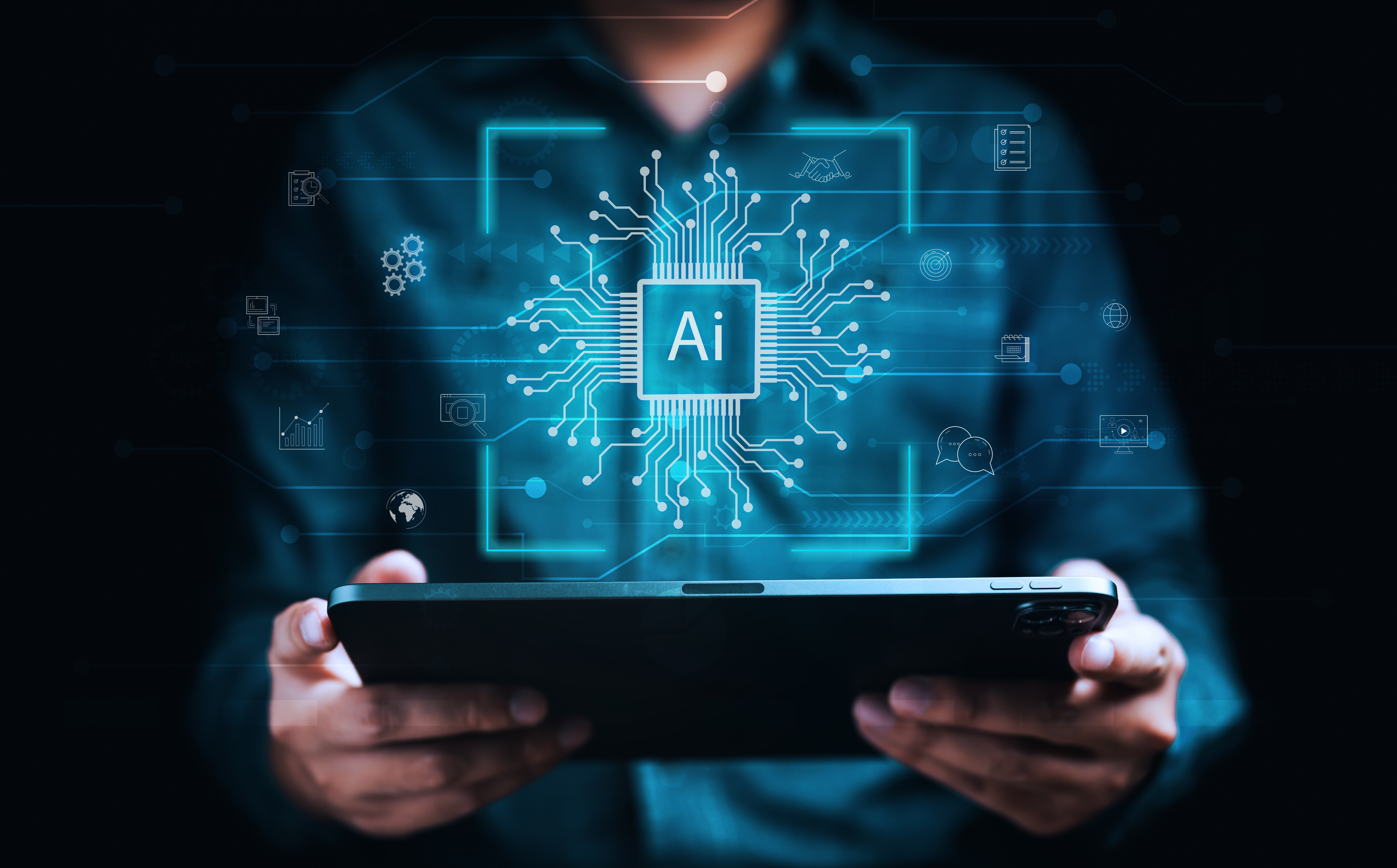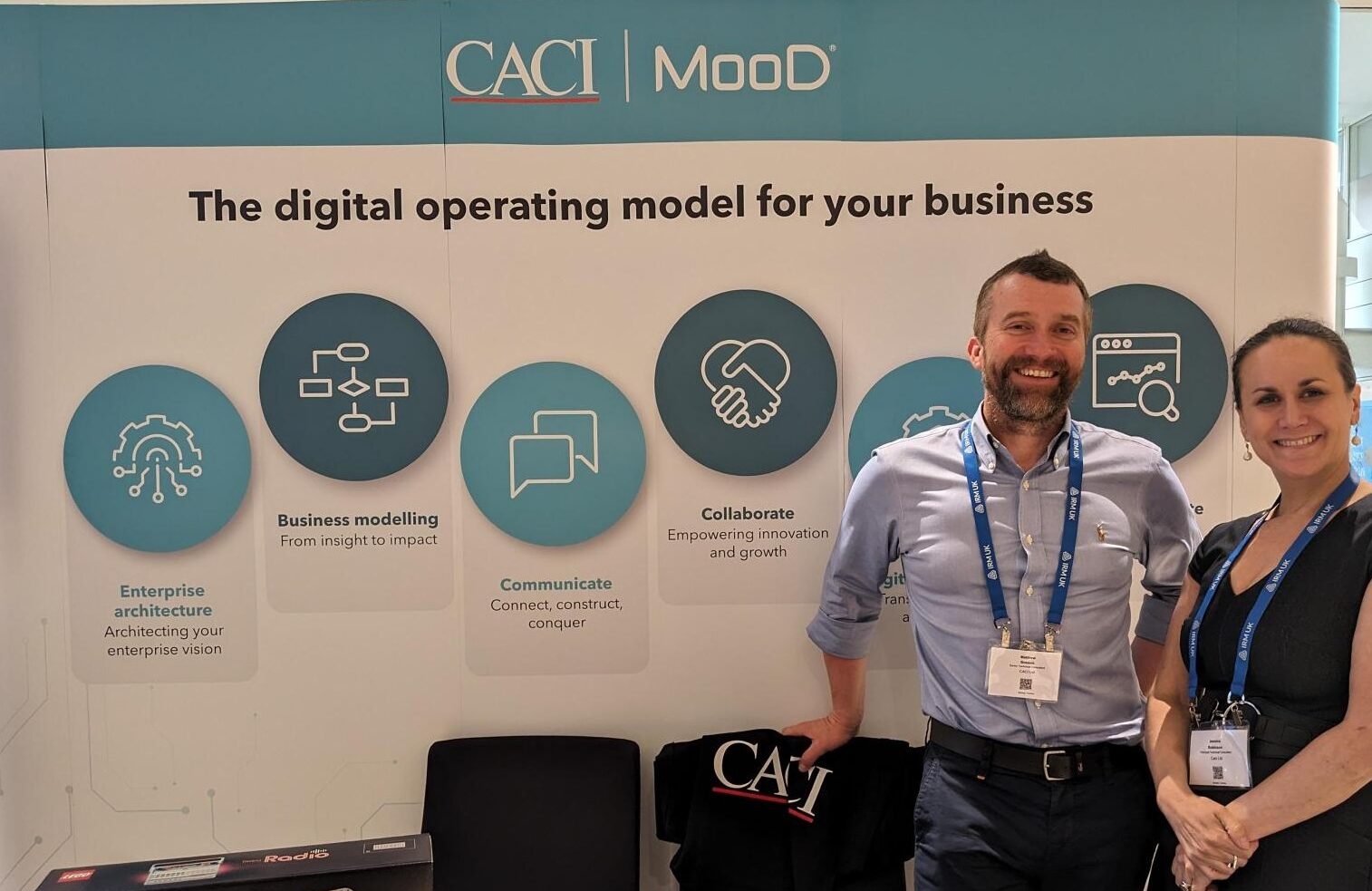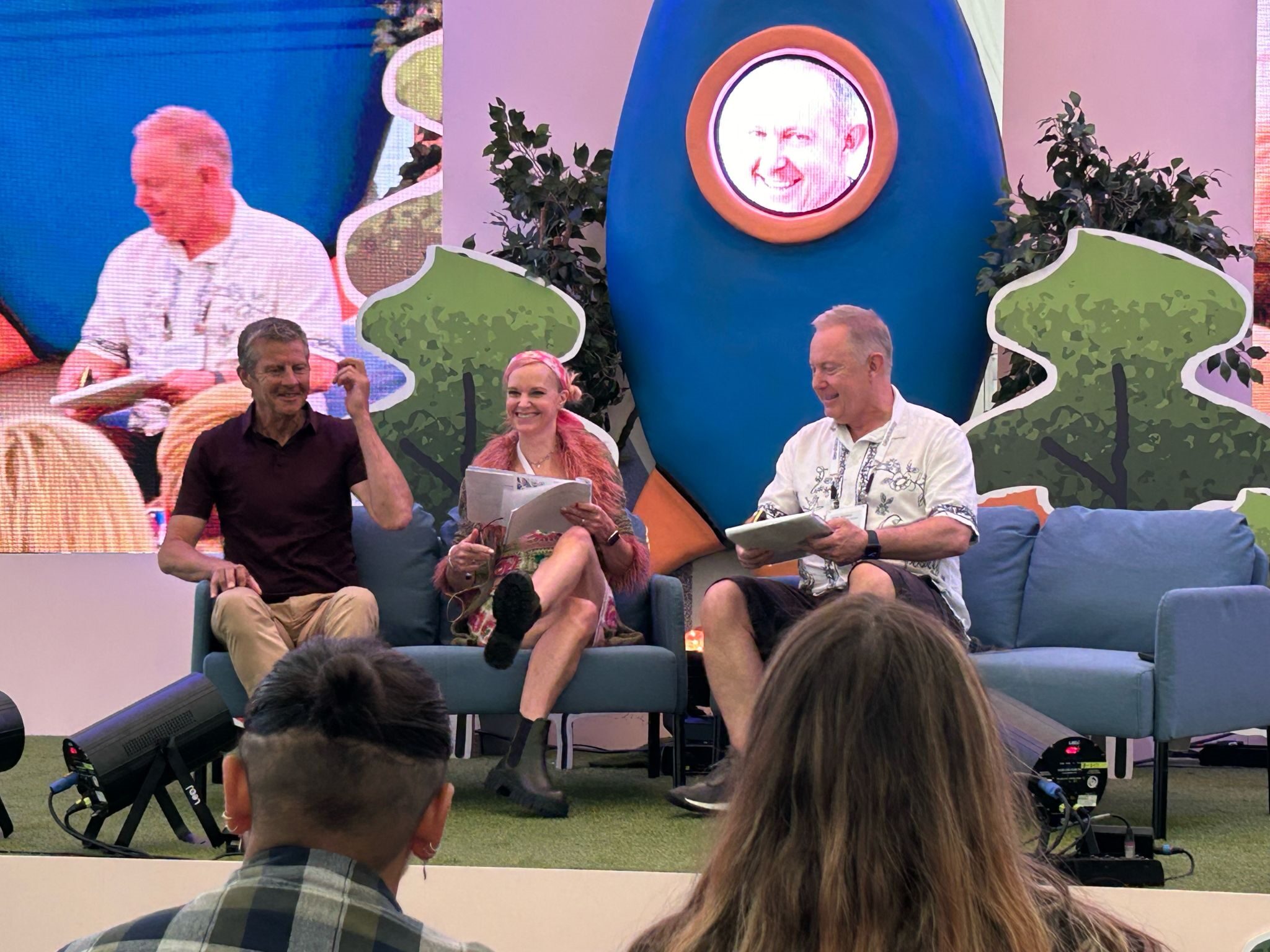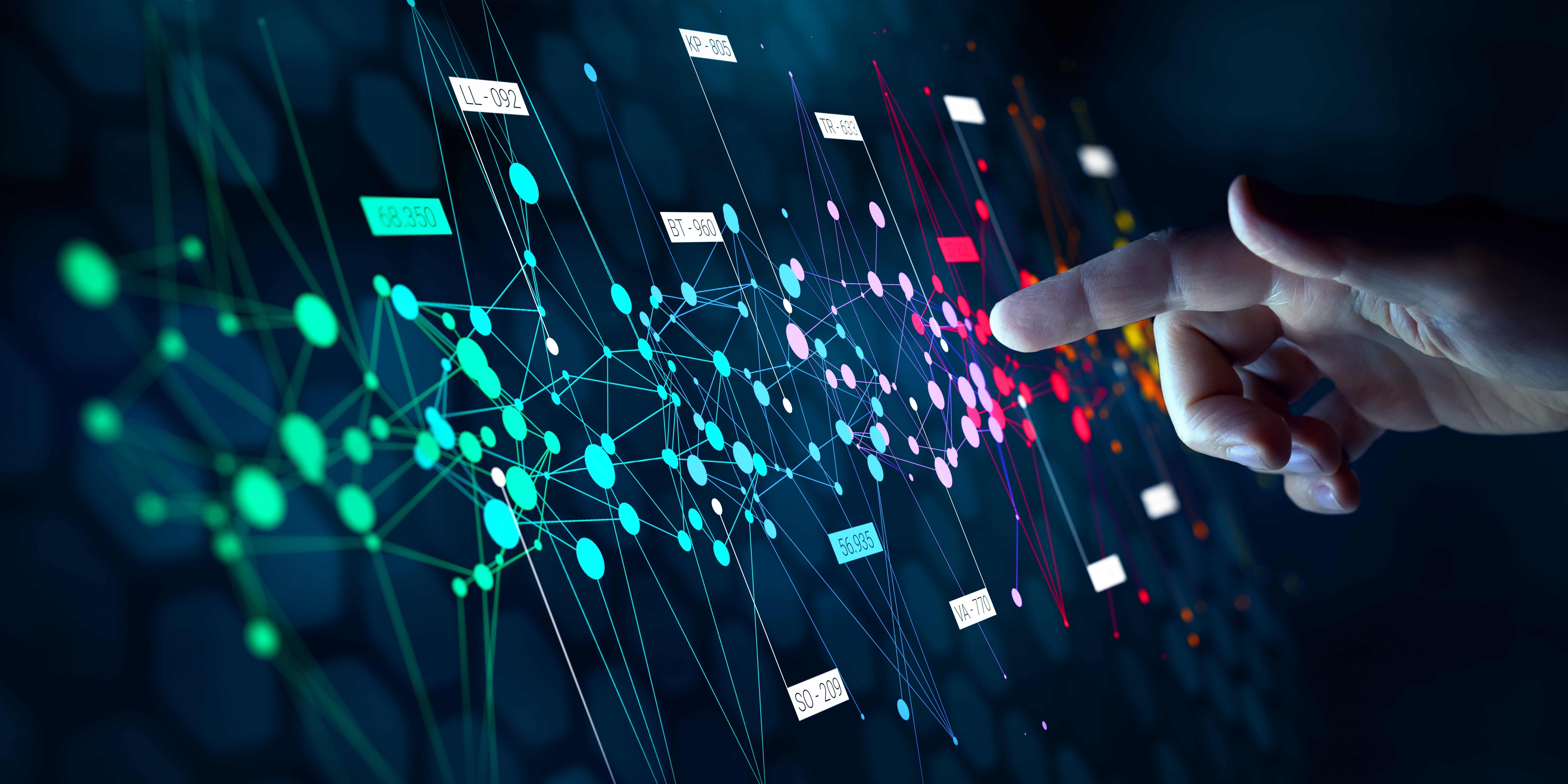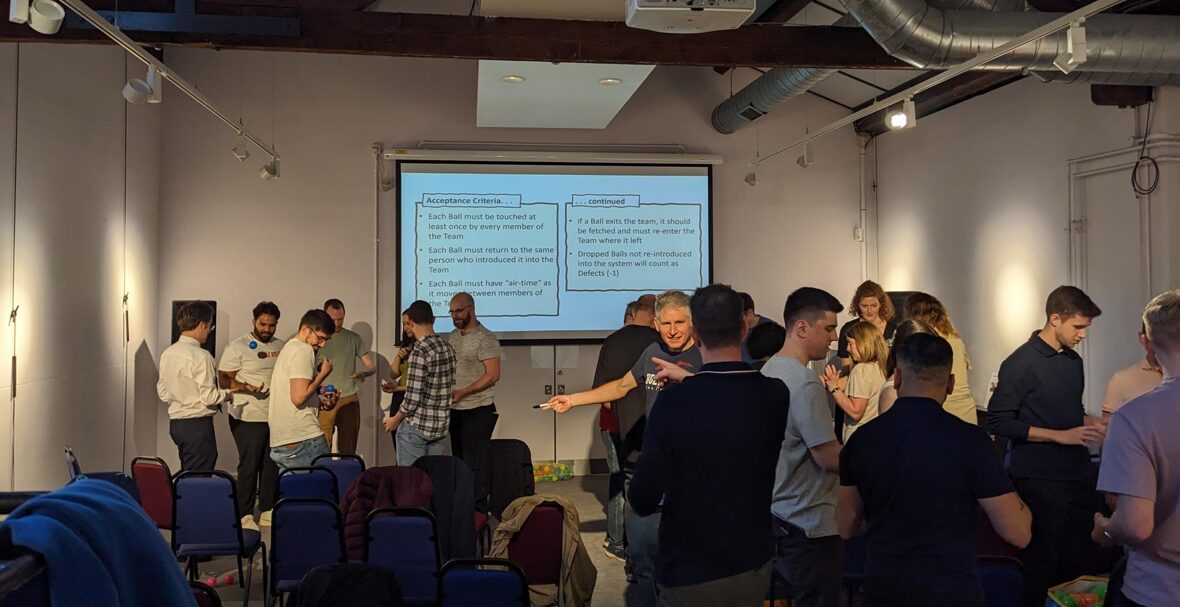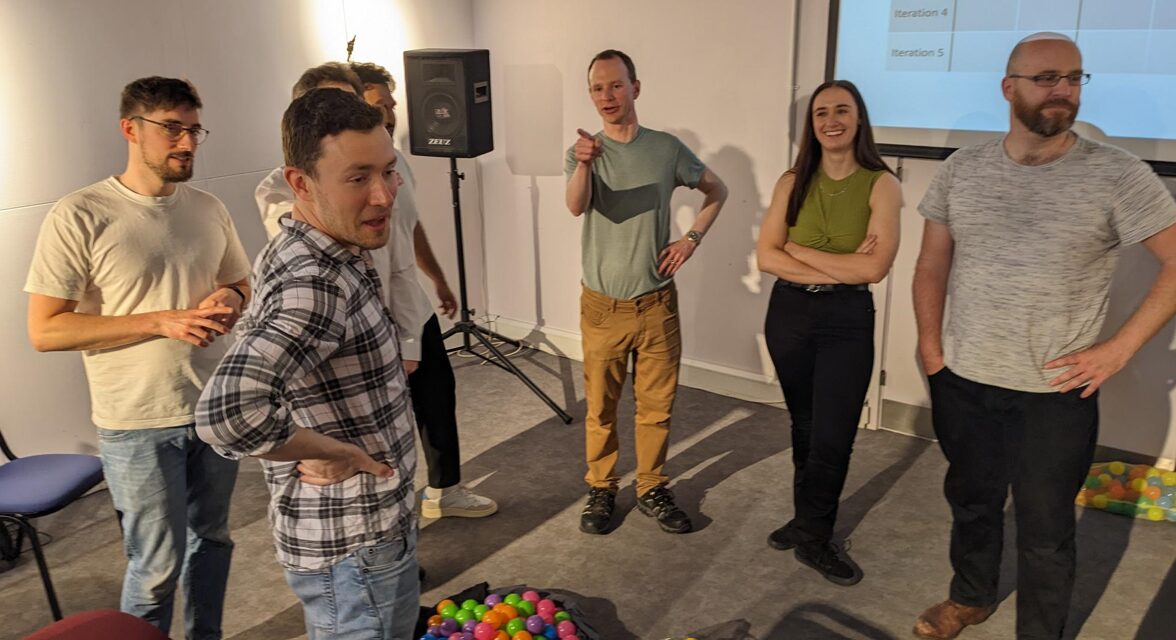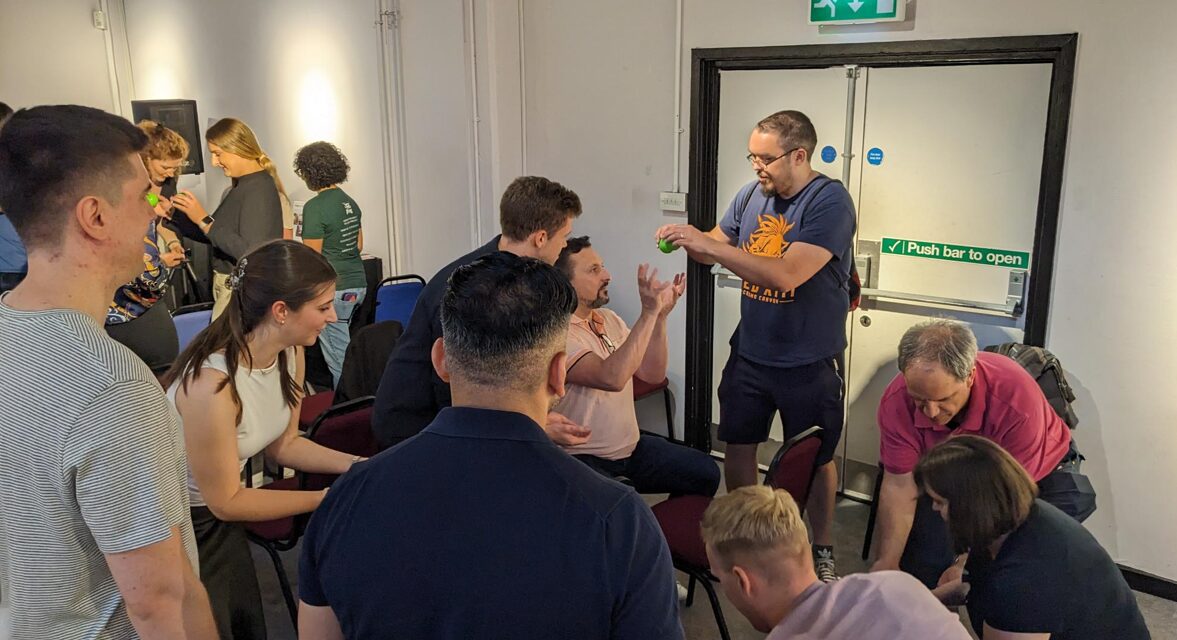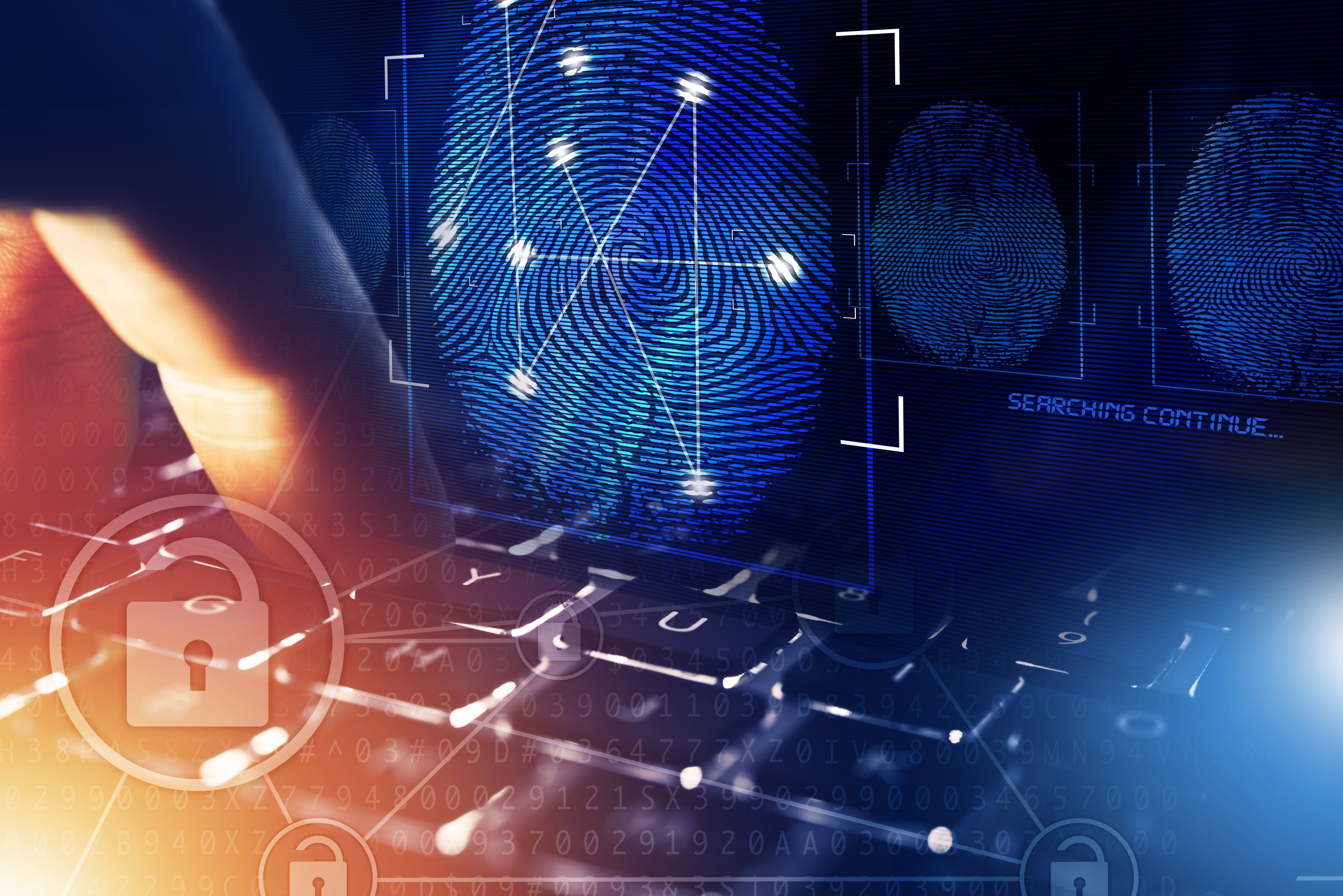
AI – more specifically, GenAI (Generative AI) – is continuously making its presence known through embedded integration into various network applications and workloads. First, there was DevOps – a grassroots initiative to unite the fractured worlds of development and operations. Then there was NetDevOps, where network engineers joined in to complete the trifecta:
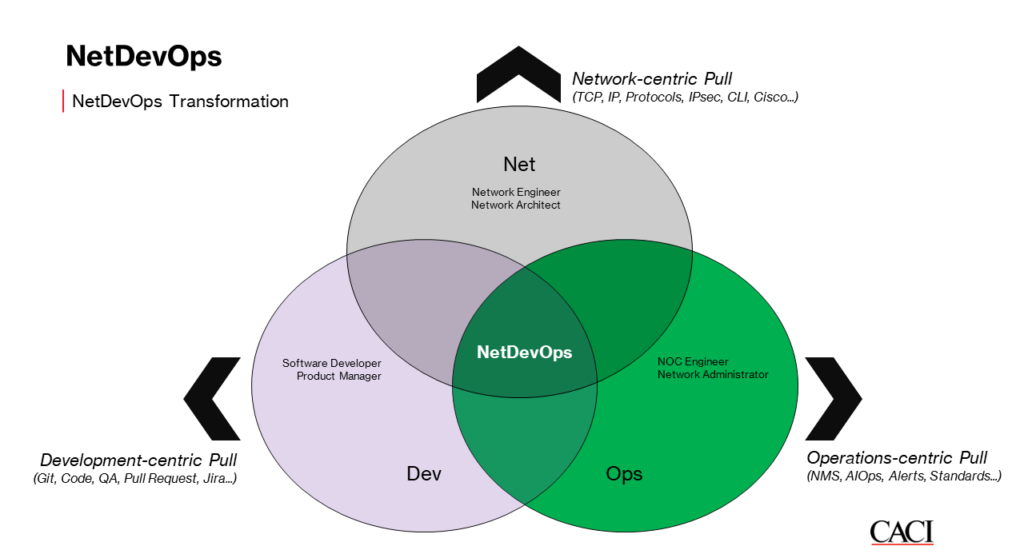
AI workloads with disparate and sprawling protocol interdependencies mandate something new: AIOps. Humans could previously keep pace with FCAPS processes such as SNMP Traps, Syslog Alerts, NMS Alarms and more. Now, however, the network is evolving in such a pace that manual processes won’t cut it.
The future of network engineering is clear: network automation through NetDevOps is the only viable way to achieve a semblance of sanity in obtaining signal to noise (SNR) in the demanding, high throughput, zero-loss network utilisation that AI workloads demand.
What roles do NetDevOps and network automation play in business operations?
High-performing networks are now vital for business operations, as digital transformation becomes a reality for most enterprises – enabled perhaps most notably by the pandemic and compounded by technological innovations such as GenAI and the “GPT” conversational interface to the Large Language Model (LLM). In a climate of recessions, tightening budgets, decreased human workers and increased AI agents, the network simply can’t continue to look like:
- Ticket-led troubleshooting slowly finding the Resolver Group in Servicenow
- Ad-hoc configuration changes driven via vendor syntax in notepad.exe
- Failed firmware upgrades caused by inaccurate human knowledge of HA architectures
- Fragile underlays, circuits and protocols with high provisioning times driven through paper request processes and Word documents
- Static network architectures focused more on artificial tiers that only help network vendors sell their quota for the month.
Where network automation focuses on the changes required to the network engineering discipline itself, NetDevOps builds on this by uniting the teams required to achieve this, turning network engineering from mastering the dark arts to coding against the well-trodden software engineering path.
NetDevOps is essentially the enabler that speeds up automation within a network engineering department through cultural reinforcement and moving the network towards an “as a service” offering. It also aligns deployment, change and provision of the network towards platform engineering and self-service approaches as seen elsewhere in IT Service Management (ITSM) and software development. Through NetDevOps, you can achieve:
- Version control for network state through mature configuration management that escapes the bureaucracy of the CMDB
- Abstracted intent-based network configuration to achieve network vendor independence, deduplication of network coding and cross-team collaboration on previously opaque network vendor settings
- Operational state verification through testing approaches to bring the rigour of software development practices to the previous discipline of network engineering
- Expedited mass deployment using sequential means of network configuration via API rather than CLI
- Self-documenting infrastructure provision using Infrastructure as Code (IaC) to consistently, efficiently and universally bring complex multi-vendor NVA routing, firewall and security solutions into reality.
What will the impact of AI be on traditional network engineering?

NetDevOps supplies one key component that traditional network engineering has fallen short on: reliable infrastructure velocity. AIOps gives operations one key component that network management has fallen short on: expedited network remediation. Finally, AI workloads give the network one key problem that previous IT workloads have not: high-throughput, lossless utilisation.
Essentially, the impact of AI on network engineering will be twofold, becoming the cure to the problem it creates:
- The problem: Super-high utilisation of network capacity through continuously-bursty elephant flows, requiring near-lossless network throughput.
- The solution: Instantly intuitive insight, observability and remediation of network faults and capacity exhaustion through AIOps.
AI is not just a passing trend, it is a transformative force that will reshape the way networks operate and evolve. As AI-driven applications and workloads become more complex, your network will need to handle unprecedented levels of data traffic while maintaining optimal performance and security.
How CACI can help
We understand that every network is unique and have worked on some of the most unique and well-known network architectures deployed from Critical National Infrastructure (CNI), through to telecommunications, data centres, hybrid cloud and service provider.
Whether you are looking to integrate AI into your existing ITSM tooling, CI/CD pipelines or overhaul your network deployment scripts, we have over 20 years’ experience across a breadth of network technologies to support you.
Benefits of our NetDevOps services include:
- Eliminating manual network provisioning and troubleshooting tasks
- Codifying understanding of network topology in a structured data format
- Integrating network provisioning workflows into IT Service Management (ITSM) tooling
- Expediting network troubleshooting through assisted alarm and event correlation
- Reducing the risk of network deployment mistakes and rework
- Minimising costs through modularisation of network configuration approach
- Increasing ROI through reuse of codified Network Functions as Code.
We understand that the network is a piece of the wider infrastructure that underpins your business. CACI manages and delivers entire technology transformation programmes – from programme management, business analysis, service design, managed services and more, we offer the full stack of IT network expertise for your business.
Contact CACI Network Services today to find out more about how our team of experts can guide you through the disruptive AI network wave.


